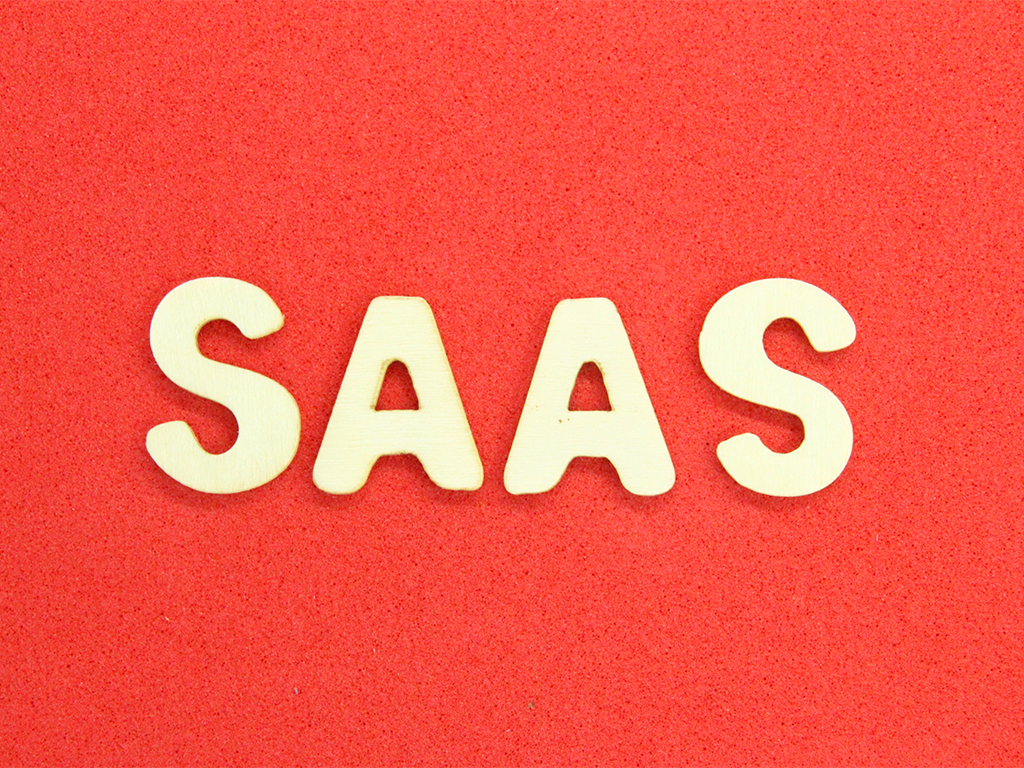In today’s rapidly evolving digital landscape, new acronyms and tech terminologies seem to crop up on a regular basis. Among these, few have garnered as much attention and wielded as transformative an impact as SaaS – Software as a Service. While you might have come across this term in tech discussions or business circles, SaaS is far more than just a fleeting buzzword. In this comprehensive blog, we will delve deep into the world of SaaS, unravel its core concepts, and explore the profound ways in which it is reshaping the business landscape.
Decoding SaaS:

At its heart, SaaS stands for Software as a Service. It signifies a cloud computing model where software is hosted and delivered via the internet, a departure from traditional installations on individual devices. In simpler terms, instead of purchasing and installing software on local computers or servers, users access it through a web browser. This shift in approach brings forth an array of advantages, fundamentally altering the way software is deployed, accessed, and maintained.
Key Pillars of SaaS:
- Subscription-Based Framework: SaaS operates on a subscription basis, with users paying recurring fees – often monthly or annually – to access the software. This obviates the need for hefty upfront expenses, a characteristic feature of conventional software procurement.
- Seamless Accessibility and Convenience: SaaS empowers users to access software from virtually anywhere with an internet connection. This accessibility revolutionizes remote work and collaboration, empowering teams to interact effortlessly with the same software, regardless of their geographical locations.
- Automated Updates: SaaS providers assume the mantle of responsibility for software updates and maintenance, ensuring users consistently enjoy access to the latest features and security enhancements. This liberation from manual updates and patches is a boon for users.
- Elastic Scalability: SaaS solutions are ingeniously designed to accommodate shifting user demands. Whether it’s a burgeoning startup or a well-established enterprise, the service scales seamlessly to cater to evolving needs, all without necessitating extensive infrastructure overhauls.
- Multi-Tenancy Architecture: SaaS thrives on a multi-tenant architecture, allowing multiple users or organizations to share a single instance of the software. This framework guarantees the isolation and security of each user’s data, a critical aspect in safeguarding data privacy.
- Economical Efficiency: By doing away with the need for on-premises hardware and infrastructure, SaaS substantially cuts down initial costs. The pay-as-you-go model further ensures that payments are directly aligned with resource utilization.
Illustrative SaaS Examples:
SaaS encompasses a broad spectrum of applications, catering to both business tools and consumer services. Some notable examples include:
- Customer Relationship Management (CRM) Software: Salesforce, a prominent SaaS provider, extends CRM solutions that empower businesses to adeptly manage customer relationships, sales pipelines, and marketing endeavors.
- Productivity Suites: Microsoft 365 and Google Workspace (formerly G Suite) stand as noteworthy SaaS offerings, furnishing users with a suite of tools encompassing word processing, spreadsheet management, and email services.
- Collaboration Tools: Slack and Microsoft Teams serve as facilitators of seamless team communication and collaboration, enabling fluid file sharing, chat interactions, and video conferencing.
- Enterprise Resource Planning (ERP) Systems: SaaS-based ERP systems like NetSuite seamlessly integrate diverse departments, including finance, inventory, and HR, streamlining business operations.
- Human Resources Management Systems (HRMS): Workday’s cloud-based HRMS simplifies the management of HR tasks, employee data, payroll processing, and more.
The Path Forward for SaaS:
As the technological landscape continues to evolve, SaaS is poised to remain at the forefront of innovation. Its flexibility, cost-effectiveness, and accessibility render it the preferred choice for businesses and consumers alike. The integration of AI and machine learning within SaaS applications holds the promise of further enhancing automation and predictive capabilities.
In conclusion, Software as a Service (SaaS) signifies a seismic shift in software delivery and utilization. Its subscription-based model, accessibility, and scalability have revolutionized the software landscape, granting businesses of all sizes access to cutting-edge tools without the burden of maintenance and upfront expenses. As SaaS continues to redefine how we work and interact with technology, staying informed about its benefits and possibilities becomes pivotal for individuals and organizations seeking to thrive in the digital era.

